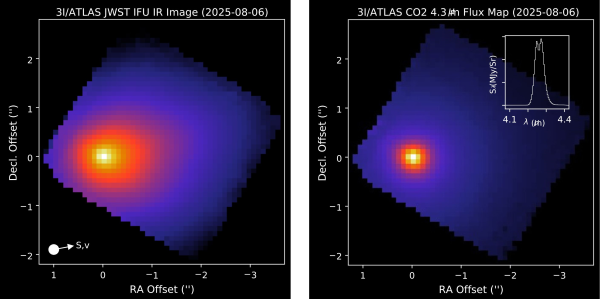
On August 6, astronomers observed the interstellar comet 3I/ATLAS using NASA's James Webb Space Telescope.
According to a new study, scientists have detected anomalies in the initial images of the comet taken by the Webb telescope. The data was collected as the object moved toward the Sun.
Initial results from the analysis show that 3I/ATLAS has one of the highest ratios of carbon dioxide (CO₂) to water (H₂O) of any known comet. Confirmation of this fact could solve the mystery of the origin of an object formed outside the solar system.
Since its identification in July, the scientific community has been actively studying the comet using various observatories. 3I/ATLAS is the third interstellar object in history to be confirmed. Researchers are rushing to collect data before it moves away from the Sun in October.
You might be interested
-
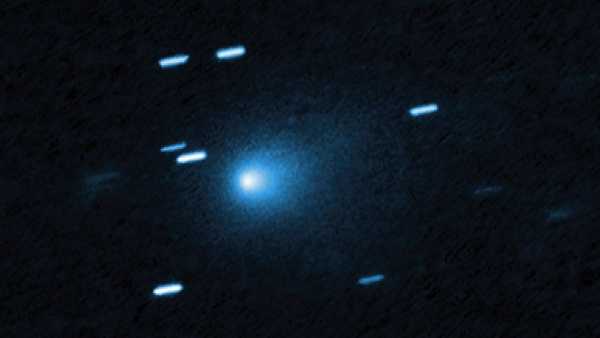
Hubble Telescope Provides Detailed Images of Interstellar Object 3I/ATLAS
-
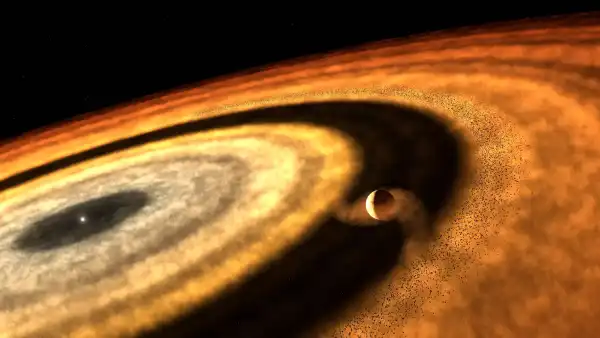
James Webb Identifies Unique Molecule in Atmosphere of Extremely Hot Exoplanet
-
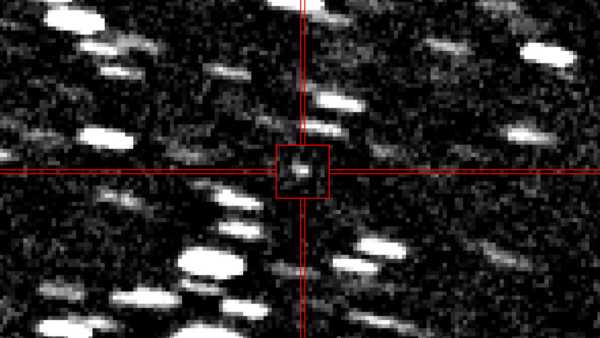
Scientists have detected a possible 'interstellar object' heading through the solar system
The August 6 observations were made using JWST's near-infrared spectrograph to analyze the comet's light emission. Preliminary findings were published on August 25 in the Zenodo repository and are awaiting peer review.
When comets approach stars, they form a coma — a cloud of gas and dust that brightens as it heats up. According to JWST data, 3I/ATLAS's atmosphere is mostly CO₂.
Scientists suggest that the anomalous concentration of carbon dioxide is associated either with radiation exposure or with the formation of an object near the CO₂ freezing zone (CO₂ ice lines) in the protoplanetary disk – a region of gas and dust around young stars.
“The results indicate a CO₂-enriched core, which may indicate long-term radiative forcing or the formation of CO₂ ice near the line,” the study notes.
New data confirms that 3I/ATLAS is moving on an exceptionally smooth trajectory at a speed of more than 210,000 km/h, which is unusual for objects in the Solar System.
Initial estimates of the comet's size were 11 km, but Hubble observations have adjusted this to 5.6 km. Despite this, 3I/ATLAS remains the largest interstellar body ever recorded. The object is thought to be over 7.6 billion years old, making it older than the Solar System. The comet's origin remains unknown.
Some hypotheses are controversial. For example, a recent preprint put forward the idea that the object may be artificial. However, experts called these assumptions “devoid of scientific basis.”
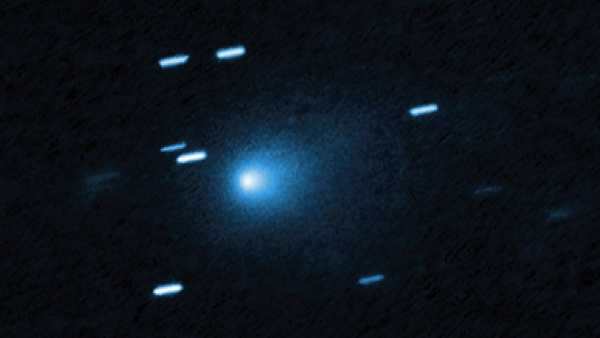
Hubble image 3I/ATLAS taken July 21. READ ALSO
— Scientists are rushing to study the newest interstellar object in the solar system
— Comet SWAN showed a sharp burst of activity: an icy ejecta?
— Photo evidence: Comet C/2024 G3 ATLAS's encounter with the Sun could have led to its destruction
The comet's record speed, according to NASA, indicates that it has been traveling through the galaxy for billions of years with acceleration from gravitational maneuvers.
“The origin of the object remains a mystery,” said David Jewitt, an astronomer at UCLA. “It's like trying to determine the trajectory of a bullet from a snapshot.”
TAGS James Webb Space Telescope carbon dioxide Solar System

Patrick Pester, scientific author
Patrick Pester is a science journalist at Live Science. His work has appeared in BBC Science Focus and Scientific American. He began his career in conservation before moving into journalism. He holds a Master's Excellence Scholarship from Cardiff University and an MSc in Biodiversity. In his spare time, he studies the biological artifacts trade market.
You must verify your public name before commenting.
Please update your authorization to enter your display name.
Exit Read more
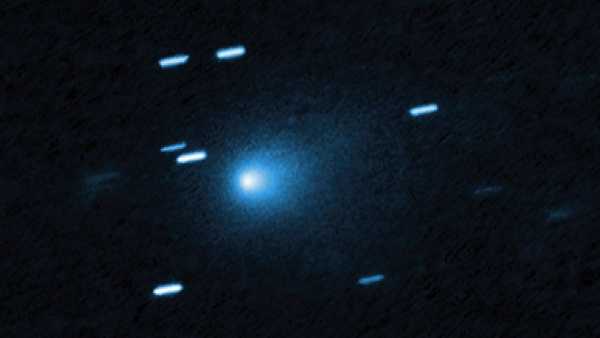
Hubble telescope captures details of interstellar comet 3I/ATLAS
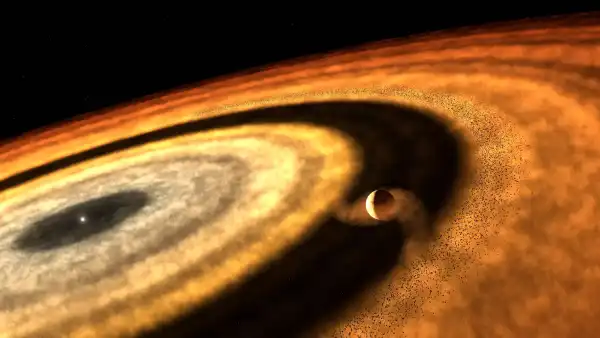
James Webb discovers unique molecule in atmosphere of extreme exoplanet
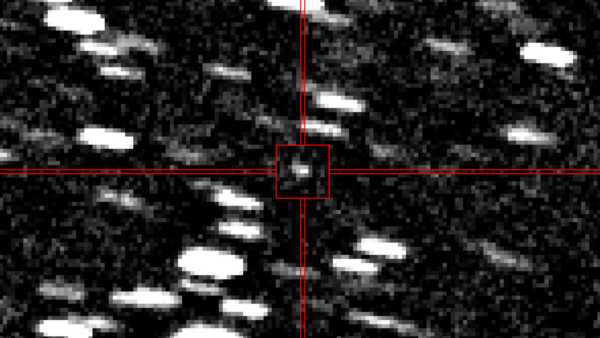
Potential interstellar object moving toward Earth detected
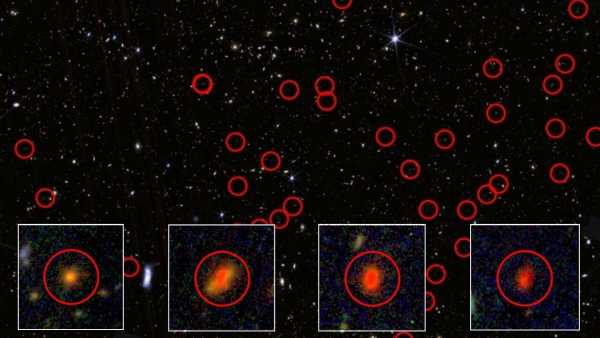
JWST Finds 300 Mysterious Glowing Objects: Galaxies or Something Else?

JWST Records Record-Brightest FRB Burst
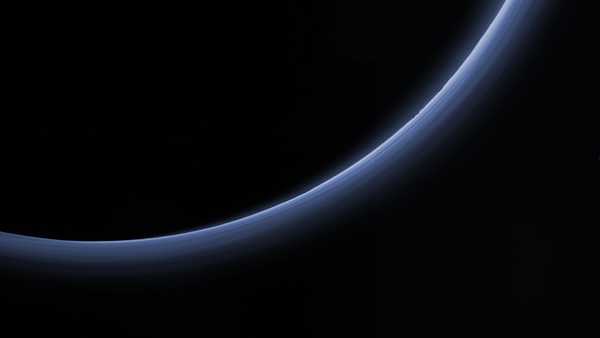
Unusual Climate Phenomenon Discovered on Pluto LATEST COMET NEWS
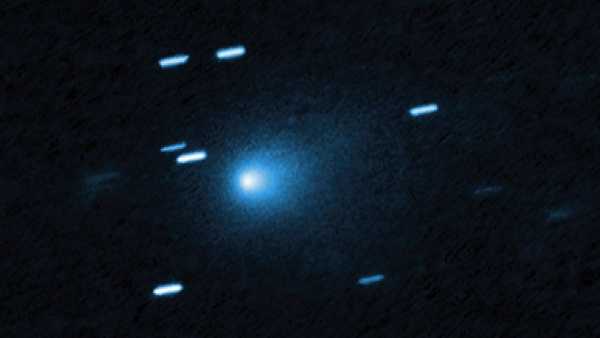
Detailed images of an interstellar comet from the Hubble telescope
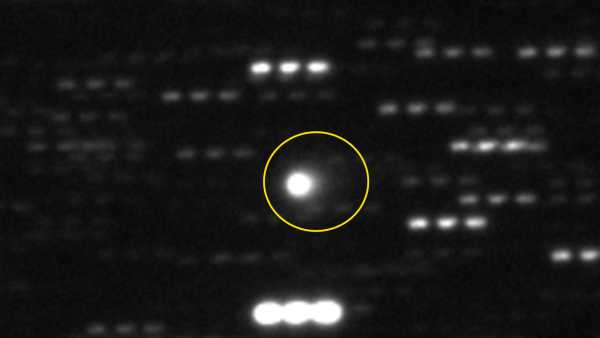
Rubin Observatory Confirms Size of Interstellar Object 3I/ATLAS
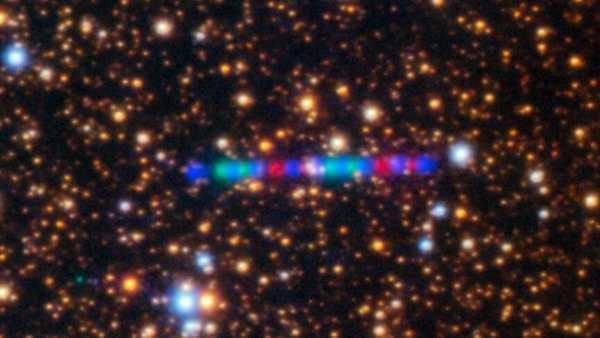
3I/ATLAS appears as a 'cosmic rainbow' in new images
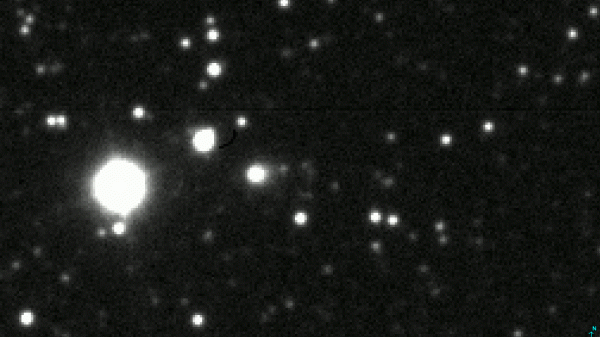
Ancient Comet 3I/ATLAS Could Develop Impressive Tail in 2024
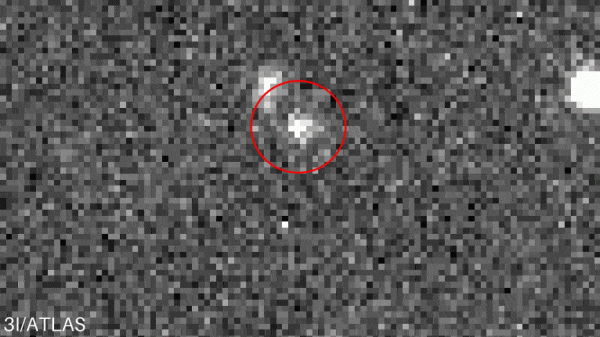
Why are scientists rushing to study a new interstellar object?
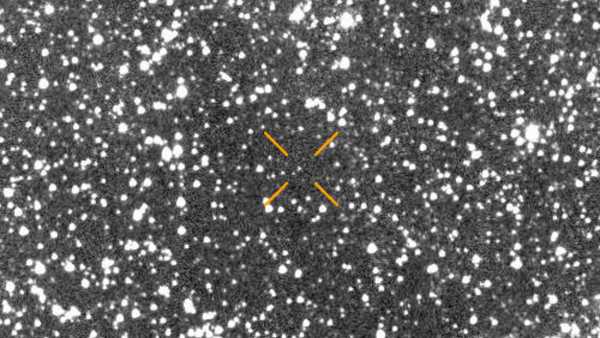
Everything we know about the interstellar object 3I/ATLAS CURRENT
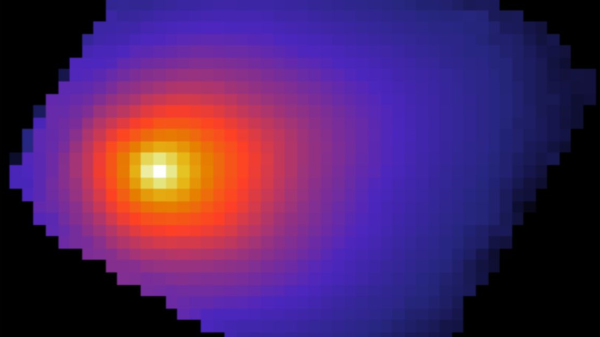
Anomalies in JWST data on comet 3I/ATLAS

Innovative eye treatment method successfully tested
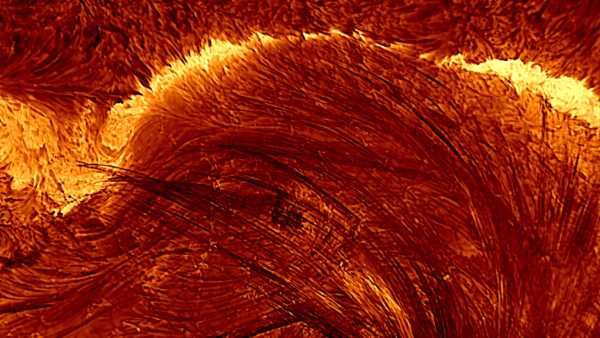
Record-breakingly detailed image of a solar flare
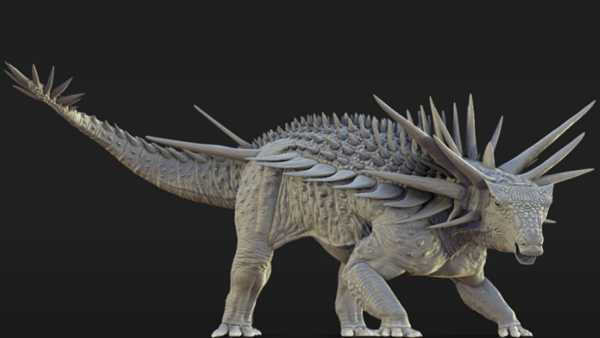
Ankylosaurus with meter-long spikes discovered in Morocco

Sloth on barbed wire: a tragic symbol of environmental destruction
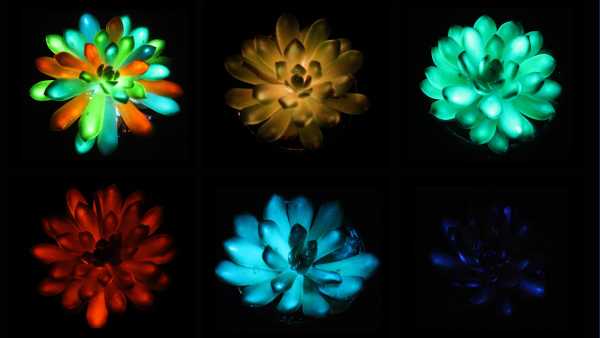
Glowing Succulents: Chinese Biotech Innovation POPULAR ARTICLES

1New eye treatment shows successful results
Live Science is part of the international media group Future US Inc. Visit our website.
- About Us
- Contacts
- Terms of Use
- Confidentiality
- Cookies
- Availability
- Advertising
- Notifications
- Career
- Editorial Standards
- Suggest a news item
© Future US, Inc., 130 West 42nd Street, New York, NY 10036.
Sourse: www.livescience.com





